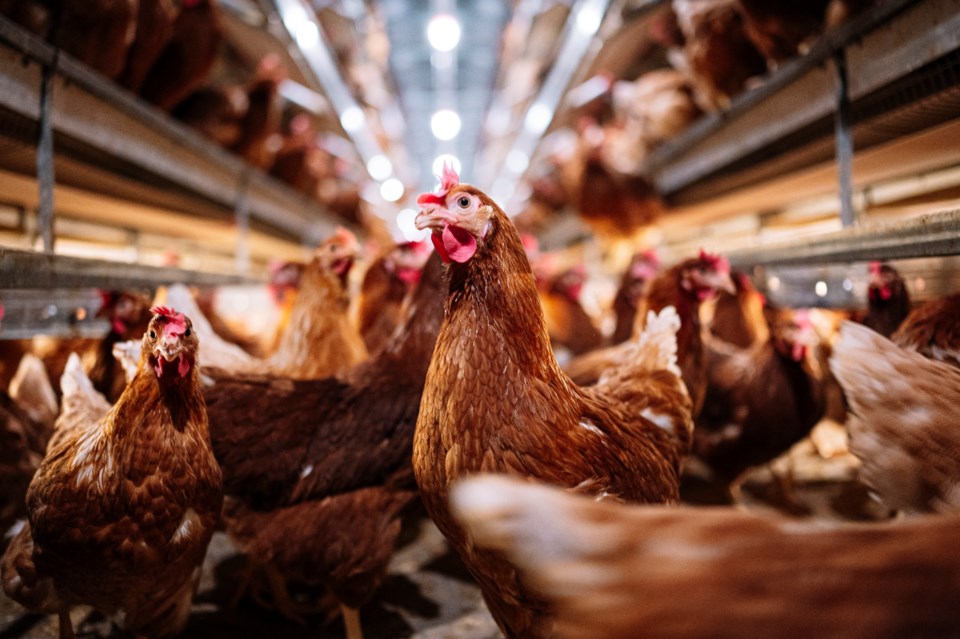Two new studies, published in collaboration with each other, are rewriting the history of chicken domestication.
Discoveries such as a later domestication date for chickens and the use of cereal crops to coax ancient chickens into the human sphere are among those found by the two research teams behind the recent studies.
Published in the Journal of Antiquity, the first research team used radiocarbon dating to decipher past human-fowl interactions in a previously inconceivable way, Julia Best, lecturer at Cardiff University and research co-author, said.
“Until we do this kind of direct dating work on ancient animal bones, we're always going to be running on preconceived knowledge and assumptions,” Best said.
Best’s team radiocarbon dated 23 ancient chicken bones from across Europe and northwest Africa. Unexpectedly, Best said 18 of those bones were from later time periods than had been previously claimed. That quantity was quite surprising, Best said.
“When I first got the results back, I was actually a little bit sad. I was like, ‘Oh, no, where are all my early chickens?’” Best said. “And then actually, that turned out to be the most exciting thing.”
Following these results, Best said her team reassessed what they thought they knew about early chickens. Then, they went on to learn how chickens used to be much more than just the “dietary, disposable items” society now regards them as.
“There [was] a real range of different reasons for human chicken interactions,” she said. “[Such as] exotic status, symbols, potential associations with deities, maybe even accidental domestication.”
How does one accidentally domesticate a chicken?
The second study, published in the Journal of Proceedings of the National Academy of Sciences, found the spread of rice and millet farming played a large role in incidentally drawing humans and fowl closer together. To determine this, the research team looked at chicken remains from more than 600 sites in 89 countries.
Previously believed to have occurred up to 10,000 years ago in Southeast Asia, this new research dates the domestication of chickens to around 1,500 BC when arboreal red junglefowl, an ancestor of chickens, were drawn out of trees and into human ecosystems.
From there, the domestication of chickens grew alongside the global expansion of rice agriculture, spreading chickens across Asia and the Mediterranean.
"With their overall highly adaptable but essentially cereal-based diet, sea routes played a particularly important role in the spread of chickens to Asia, Oceania, Africa and Europe,” Joris Peters, professor at Ludwig Maximilians University of Munich and research co-author, said in a press release.
Describing this research as a “springboard,” Best said she’s eager to radiocarbon date more chicken bones, with a focus on analyzing the isotopes and DNA found in the bones.
For now, Best said she hopes these studies inspire people to rethink human-chicken relationships in the past and present.
“Because of the work that we're doing, I think we're putting a different light on human-chicken relationships, actually showing that food probably wasn't their key [role] early on.”




